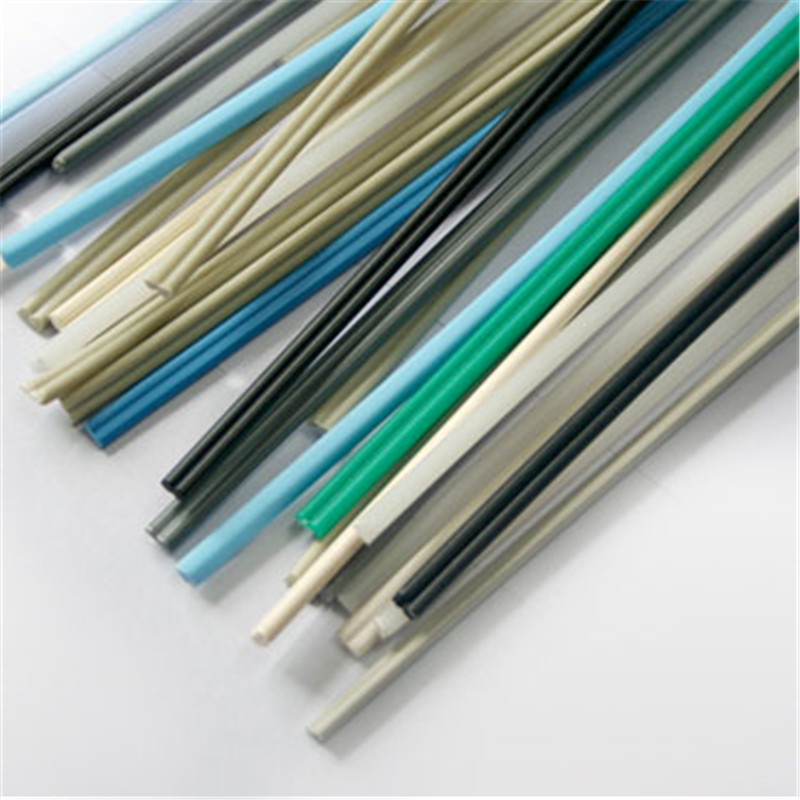Nov . 06, 2024 23:46 Back to list
PVC Welding Rods for Durable and Effective Joining Solutions in Various Applications
Understanding Welding Rods for PVC An Essential Guide
When it comes to welding materials, particularly in the realm of plastic fabrication, using the right welding rod is crucial for ensuring strong, durable joints. PVC (Polyvinyl Chloride) is one of the most commonly used thermoplastics, favored for its excellent chemical resistance, durability, and versatility. However, successfully welding PVC requires an understanding of the appropriate welding rods, techniques, and applications.
What is PVC Welding?
PVC welding is a process that joins two pieces of PVC together using heat. This can be accomplished through several methods, including extrusion welding, hot air welding, or using a welding rod specifically designed for PVC. The purpose of using a welding rod is to provide a filler material that can be melted and fused with the base PVC components, creating a stable and robust joint that can handle stress and environmental factors.
Types of PVC Welding Rods
Welding rods for PVC can vary based on their formulation and intended use. Common types include
1. Homopolymer PVC Rods These rods are made from a single type of PVC resin and are ideal for general-purpose welding. They offer good chemical resistance and strength, making them suitable for a variety of applications.
2. CPVC Rods For higher-temperature applications, Chlorinated Polyvinyl Chloride (CPVC) rods are used. These rods can withstand higher temperatures and are often employed in instances where elevated thermal and chemical resistance is needed.
3. Flexible PVC Rods These rods are especially formulated to provide greater flexibility and elasticity, making them suitable for applications requiring bendable joints. They are particularly useful in scenarios where the assembled parts will experience movement or dynamic loads.
Choosing the Right Welding Rod
welding rod pvc

Selecting the appropriate welding rod is vital for the success of any PVC welding project. Factors to consider include
- Compatibility Ensure that the welding rod is chemically compatible with the PVC being used. Using incompatible materials can lead to weak joints and potential failure of the weld.
- Application Requirements Consider the environment in which the welded part will be used. For example, if the part will be exposed to high temperatures or aggressive chemicals, opting for CPVC or specialized rods may be necessary.
- Rod Diameter The size of the welding rod should correspond to the thickness of the PVC being welded. A thicker rod is typically needed for thicker PVC materials to ensure sufficient filling and bonding during the welding process.
Welding Techniques
Effective welding techniques are equally important as the choice of welding rod. Common methods include
- Extrusion Welding This method uses a welding machine to melt the rod and extrude it into the joint area. It is suitable for larger surfaces and ideal for pipe and tank repairs.
- Hot Air Welding A hot air gun is used to heat both the PVC surfaces and the welding rod simultaneously. This technique is often used for thin materials and sheets.
Conclusion
In conclusion, the choice of welding rod for PVC is fundamental to achieving strong, durable welds. By understanding the different types of PVC welding rods available and the specific requirements of your project, you can ensure that your welds will hold up under pressure and environmental conditions. By investing time in proper material selection and welding techniques, you can extend the longevity and performance of your PVC fabrications. Whether you are working on industrial applications, DIY projects, or repairs, having the right knowledge about PVC welding rods is essential for success.
-
High-Quality PPR Pipes and Fittings Durable ERA PPR & PVC PPR Solutions
NewsJul.08,2025
-
Black HDPE Cutting Board - Durable, Non-Porous & Food Safe HDPE Plastic Cutting Board
NewsJul.08,2025
-
High-Quality CPVC Panel Durable HDPE & PVC Panels Supplier
NewsJul.08,2025
-
Double PE Welding Rod Supplier - High Strength, Durable & Versatile Welding Solutions
NewsJul.07,2025
-
High-Quality PVC-O Pipe Supplier Durable 75mm PVC Pipe & Connections Leading PVC Pipe Company
NewsJul.07,2025
-
HDPE Drainage Pipe Supplier – Durable & Corrosion-Resistant Solutions
NewsJul.06,2025

